PIKO America LLC
4610 Alvarado Canyon Road, Suite 5
San Diego CA 92120
www.piko-america.com
Price: $199.99 (Track cleaning version is $229.99)
Paint schemes: Denver & Rio Grande Western and painted blue and yellow but unlettered. Track cleaning version is painted yellow and black with Clean Machine/Maintenance of Way lettering.
Features:
Minimum radius: 23.6” (600mm)
Measures: 7″ x 4″ x 51⁄2″
Weight: 2 pounds 14 ounces
DCC and sound ready
Directional light-emitting diode (LED) headlight and backup light
Five-pole, ball-bearing can motor
Heavy-duty, hard chrome ball-bearing wheels, in gauge
Sprung metal power pickups
The prototype. From 1938 to 1974, General Electric (GE) produced hundreds of 25-ton diesel-electric switchers. The two-axle diesels could easily maneuver through the tight curves and light track of factories, waterfronts, and other industrial settings. A 150 hp Cummins diesel engine powered a single traction motor attached to one axle.
A chain drive (or siderods on the earliest versions) transferred power to the second axle.
The 25 tonners were available in standard and narrow gauges. In addition to North American lines, many GE 25-ton switchers also served on a wide variety of railroads across the world.
The model. The major proportions of the 1:24 model measure within scale inches of a prototype builder’s diagram. (The model is designed for No. 1 [45mm] track, which measures 42 scale inches in 1:24.) The well-defined molded detail on the hood, cab, and chassis also match prototype photos of early to middle production 25 tonners.
Most of the model is made of heavy-duty, UV- and weather-resistant plastic. The separately applied handrails and uncoupling levers are made of flexible engineering plastic. The horn and bell are user-installed, press-fit parts.
Most of the cab windows feature clear plastic glazing. The engineer’s window is left open. The cab interior has plenty of room for adding crew figures and details.
Our review sample is painted in a freelanced Denver & Rio Grande Western paint scheme. The model’s black paint is smooth and evenly applied. There’s sharp color separation between the black and the orange zebra stripes on the pilot. The aluminum-colored road number and reporting marks on the cab sides are straight and opaque. The silver window frames are a nice touch.
Under the hood. An exploded view diagram is included in the user manual. After removing four screws from the bottom of the chassis, I could easily lift off the body shell, revealing the electronics under the cab interior and metal weights that fill the hood. The motor and all-wheel drive gearbox are enclosed in the chassis.
Hook and loop couplers are mounted at the correct height on each end of the chassis. Instructions and spacers are provided for converting to Kadee nos. 831 or 909 knuckle couplers (sold separately).
With the shell removed I had access to the main printed-circuit (PC) board, which is attached to the bottom of the cab interior by four screws. The main PC board measures 1.1 x 2.7 inches. There’s a set of screw terminals on the board for the power pickup and motor leads running to the chassis and the lighting leads that run to a lighting and function board mounted between the cab and hood. This lighting and function board also has connections for a smoke unit (sold separately).
Black leads connect the lighting and function board to a small board mounted under the fireman’s side of the cab. This board features two slide switches and a knob that are easily accessable when the locomotive is assembled. The switches control the interior lighting and optional smoke unit, while the knob controls the volume when a sound decoder is installed.
The user manual includes instructions for replacing the main PC board with a PIKO No. 36122 or similar DCC decoder. Whatever decoder is used, make sure it can handle the large-scale locomotive’s stall current, which I measured at 3.5A.
For those that wish to add sound, a 28mm diameter/4.8mm deep cab speaker enclosure with sound holes is built into the interior cab roof. To gain access to the cab interior, I carefully spread the sides of the cab with a flat screwdriver then wiggled the cab free of the interior assembly.
Performance. I ran the model on direct-current using a Bridgewerks Morrison 3A power pack that supplies 0 to 22V direct-current track power. With 2V applied to the track, the switcher crawled along steadily at 2 scale (1:24) mph. The model reaches 20 scale mph, the maximum operating speed of the prototype, at 8V. At 22V, top speed was 84 mph.
The switcher easily negotiated 4′ radius curves on our test track. The minimum radius of the two-axle locomotive is just 23.62” (600mm).
During DC operation headlight or backup light turned on automatically according to the locomotive’s direction of travel. Both of these lights, as well as the cab interior light, are illuminated by white light-emitting diodes (LEDs).
The model’s nearly 3-pound weight and all-wheel drive make the 25 tonner an impressive puller for its size. The model’s 11-ounce drawbar pull is equivalent to 11 free-rolling large scale freight cars on straight and level track.
The PIKO America GE 25 tonner is also available in a battery-powered, track cleaner version and as motive power in the No. 38150 Mighty Hauler starter set. Whether you’re just getting started in large scale or running an established indoor or outdoor railroad, this powerful switcher deserves a place in your roundhouse.
PIKO America 38601 Clean Machine
This battery-powered motorized track cleaner offers a smart solution to a task no one really enjoys. But does the unit work? It definitely worked well enough to keep the rails of our train show display passable for two full days of operation. The brass track for the display was stored filthy from prior use, so it was an easy choice to load the batteries, flip the underside on/off switch, and watch the unit, LED headlight and all, come to life. After orbiting the display at roughly 15 scale mph for 15 minutes, the rails were clean to touch. Even better, there was barely indication of wear on the two replaceable cleaning shoes (PIKO No. 35416). – Ed.





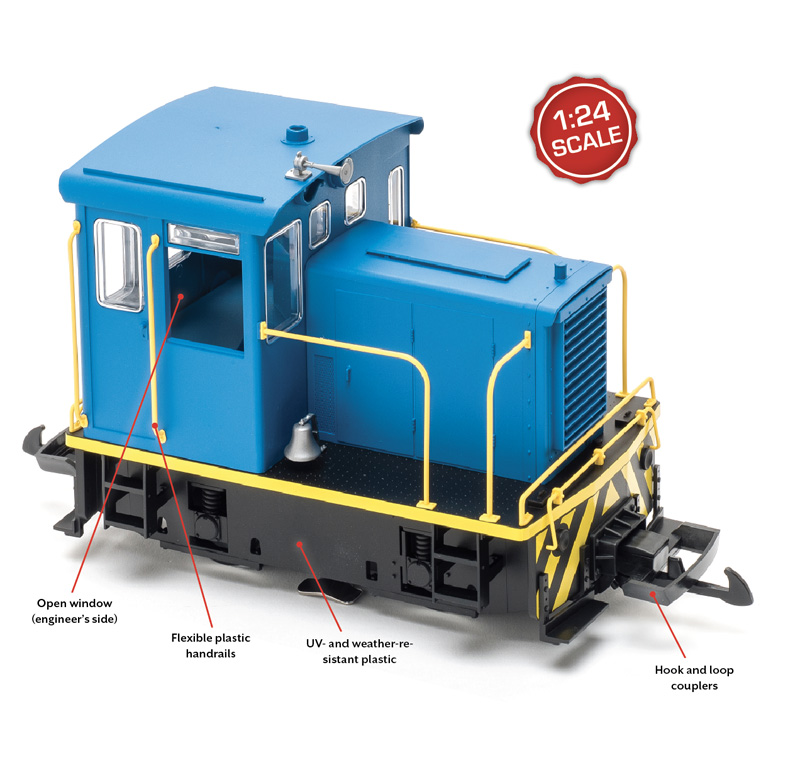
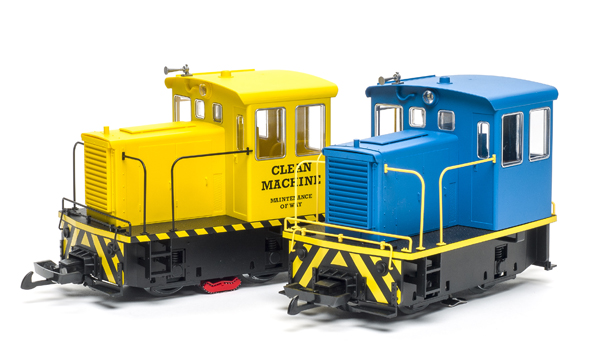
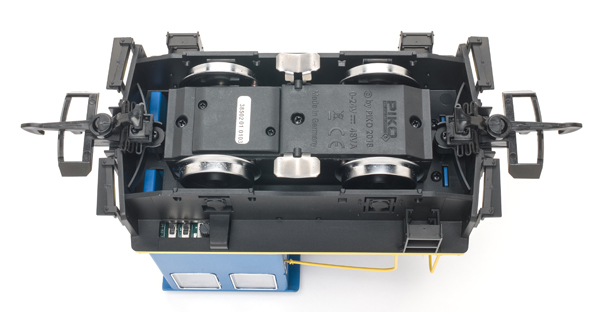
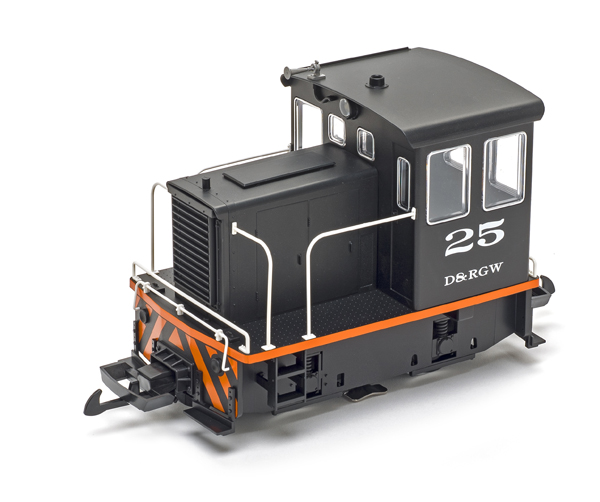
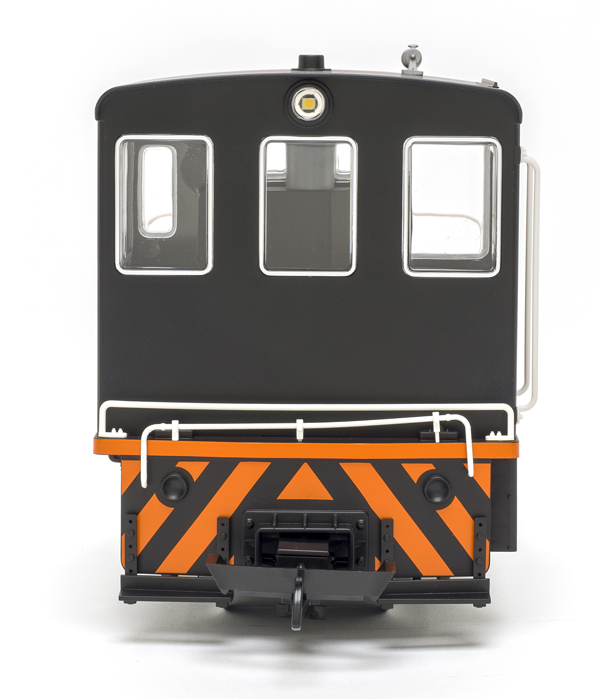
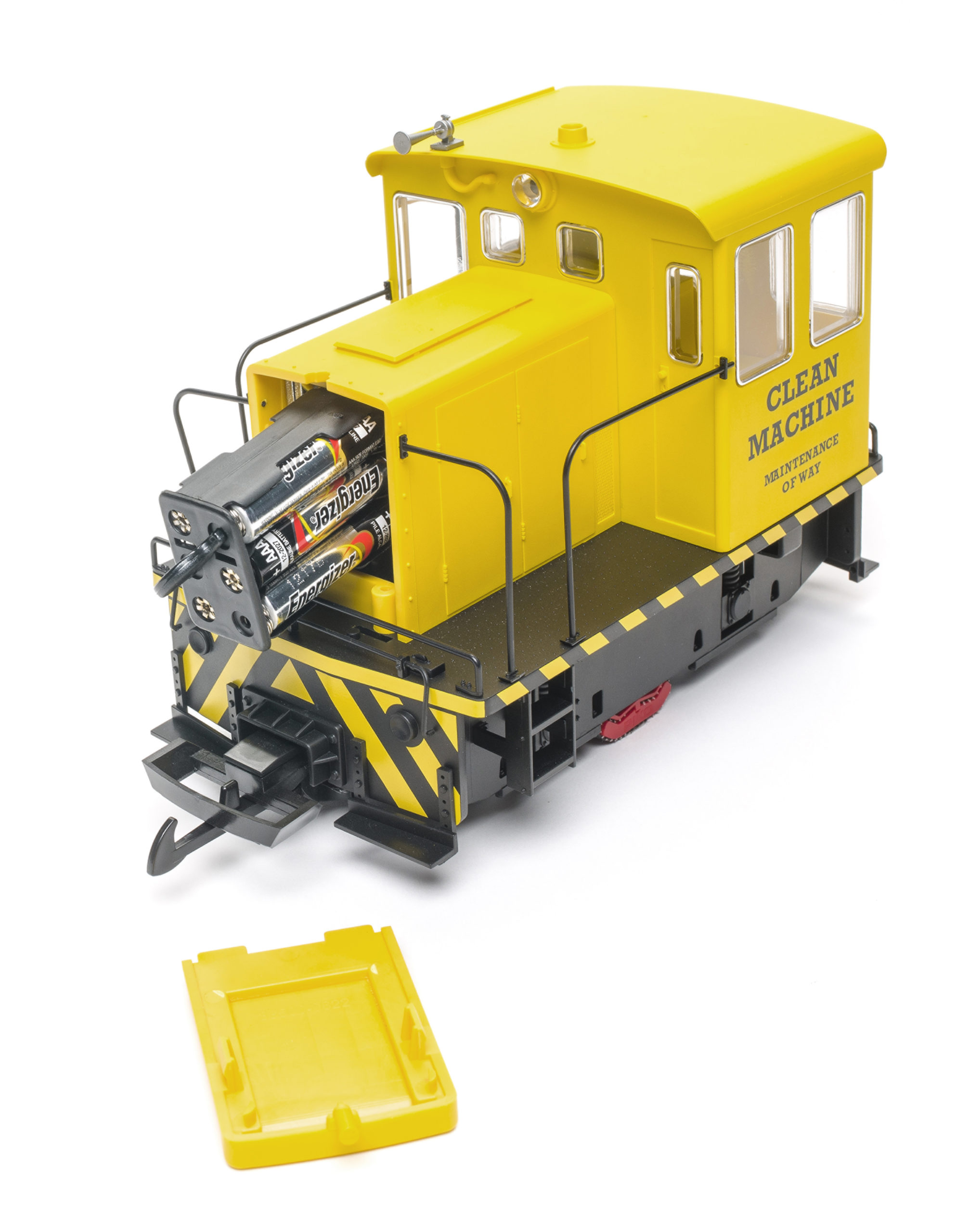
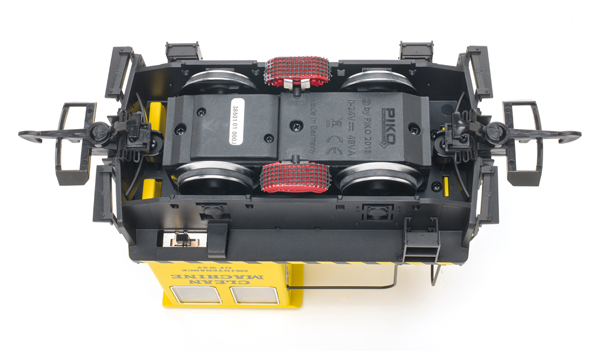

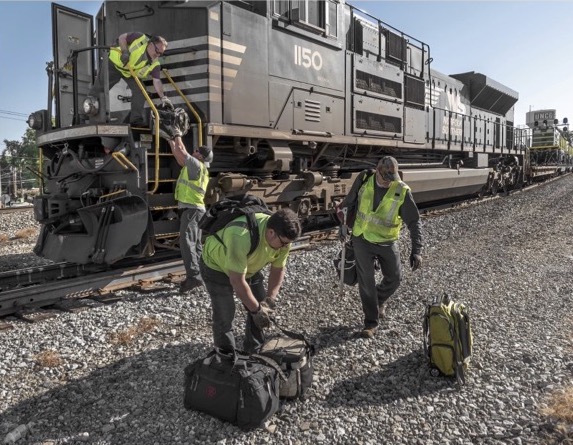


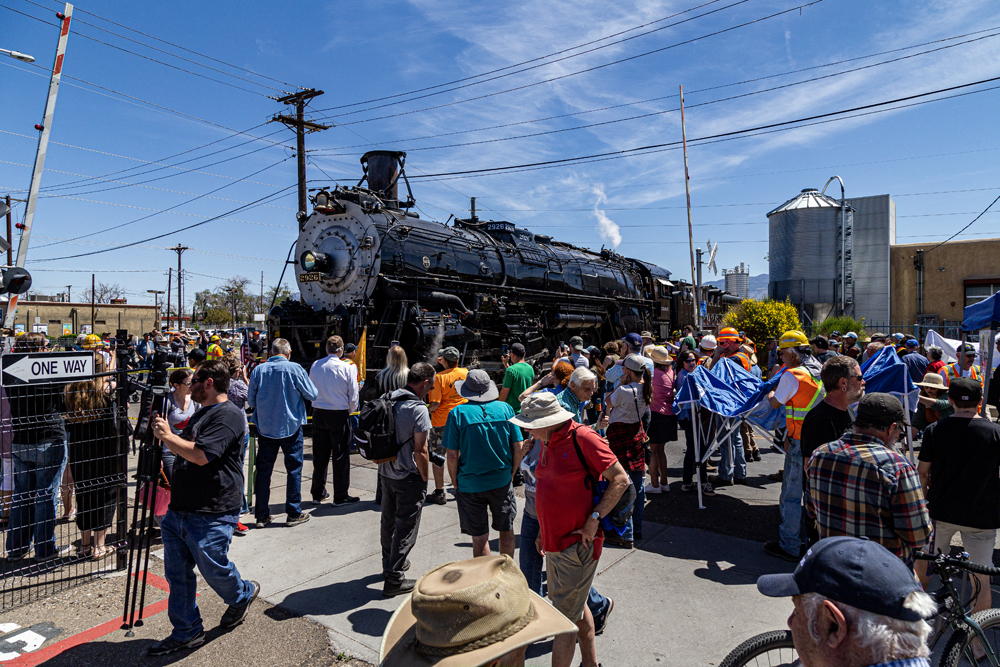




Great review folks. Do you agree that even the models not painted yellow can also be considered Clean Machines too? Piko took their version painted Denver & Rio Grande Western and gave it No. 25. Not a bad choice, since the Grande once rostered a side rod switcher which carried number 50, which survives today at the Colorado Railroad Museum in Golden.